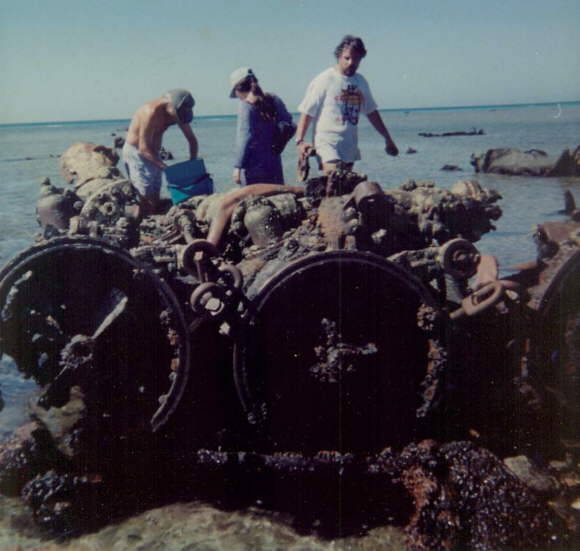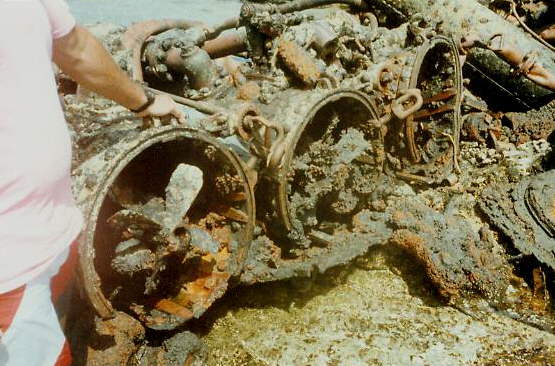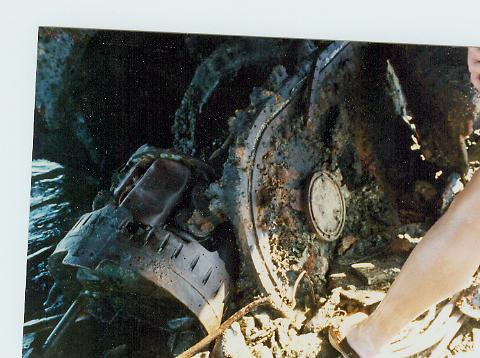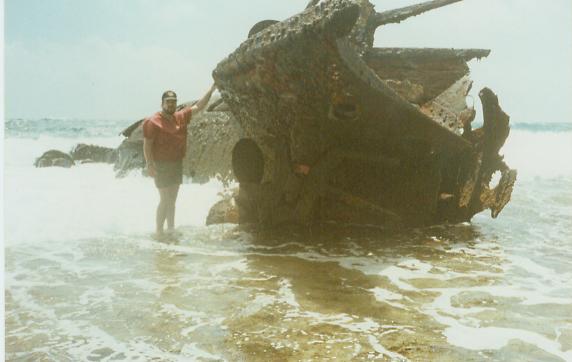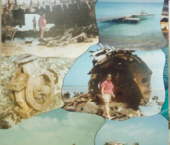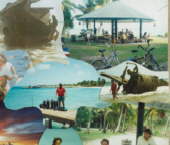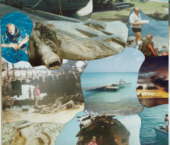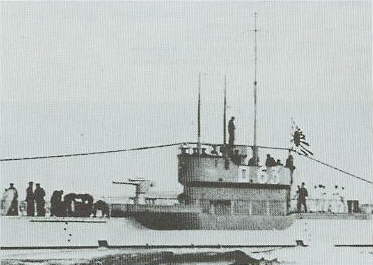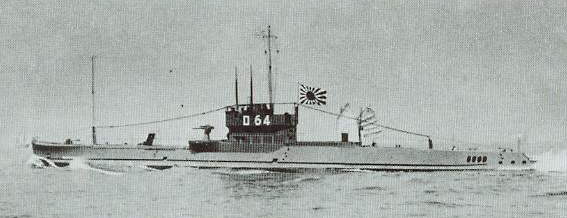|
s u b m a r i n e s a i l o r . c o m |
||||||||
| the
fate of the RO-60
by Greg Howson MM2-SS, USS Ray SSN-653 |
||||||||
The RO60 was one of nine L4 type medium series submarines.
Construction began in Dec. 1921, she was launched on 22 May 1922 and
completed on 17 Sept. 1923. She was originally commissioned as hull # 59
but was changed to RO60 in 1924.Here are her statistics-
RO-60 was attached to the Fourth Fleets' 26th submarine division along with the RO-61 and RO-62. The entire division was dispatched from Kwajalein Atoll on Dec. 12th 1941 to support the second invasion attempt of Wake island, the first attempt being repulsed by the U.S. Marine defenders. On the night of 17 Dec. the RO-62 collided with the RO-66 at sea and the RO-66 sank, but all of the crew were saved. The RO-62 continued on her patrol and conducted reconnaisance along with the RO-60 & RO-61 in support of the invasion. The second Japanese invasion was successful and the U.S. Marines surrendered on 23 Dec. 1941. The 26th Submarine division was ordered to return to Kwajalein. While attempting to re-enter the Kwajalein Atoll, during rough weather, the RO-60 ran aground about 1/4 mile north of the deep water pass through the reef, and was lost on 29 Dec. 1941. Over the years she was stripped of any useful equipment by the Japanese and she was bombed several time by U.S. Naval aircraft during harassment raids and the invasion of Kwajalein during operation Flintlock in Feb. of 1944. During the occupation, and later in preparation for turning the Kwajalein Atoll into Americas' ballistic missile range, military EOD personnel blew the living shit out of it to keep personnel like myself from being hurt by the still intact explosives on the "Long Lance" torpedoes that were on board.
Today she lies in two large pieces about 100 yards apart on the east reef of the atoll 17 miles south of Roi-Namur island. She can be reached by private boat at low tide and is a popular destination for tourists and the range personnel who are stationed there or who work for DoD contractors. The Marshalles govt. has passed legislation designating the WWII wrecks as historical artifacts and no scavenging is allowed. However, before that law was enacted many unique artifacts were scrounged from the wreck and surrounding waters.
I have lived on the Atoll for the past 9 years and have had a private boat for 6 of those years. I have made many trips to the wreck site due to my own curiosity and to take other people to see the wreck. The motion of the ocean at high tide and the fierceness of the tropical storms are slowly but surely turning the wreck from something recognizable into just a pile of rubble.
It is my pleasure to record this piece of history and share it with the submarine community. If anyone who sees this article has any questions about this wreck or any of the other shipwrecks or military history about the Kwajalein Atoll please do not hesitate to get in touch. I love to talk military history, and there is a lot of history and historical artifacts here. God bless all the bubbleheads... -- Greg Howson MM2/SS |
||||||||
|
Reference:
Originated: 3/22/2003 - - - h o m e - - - Revised: 6/2/2003 |

